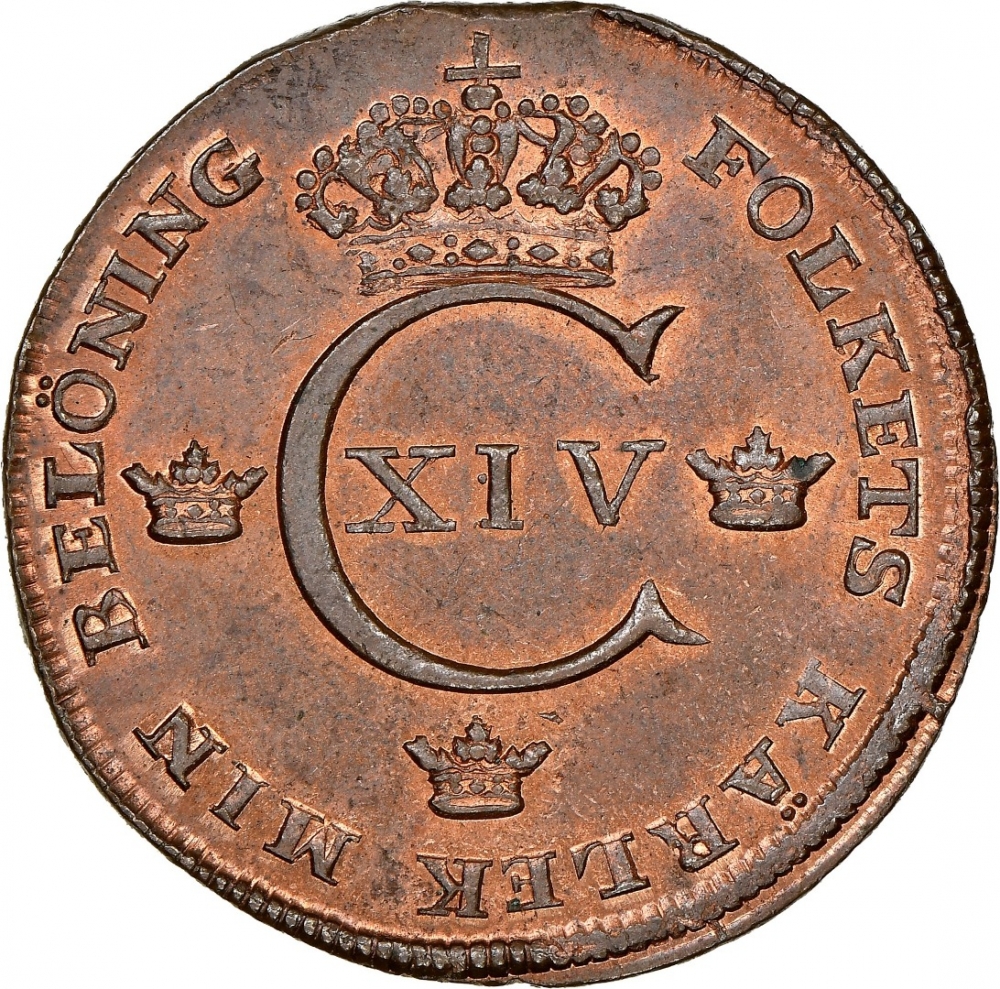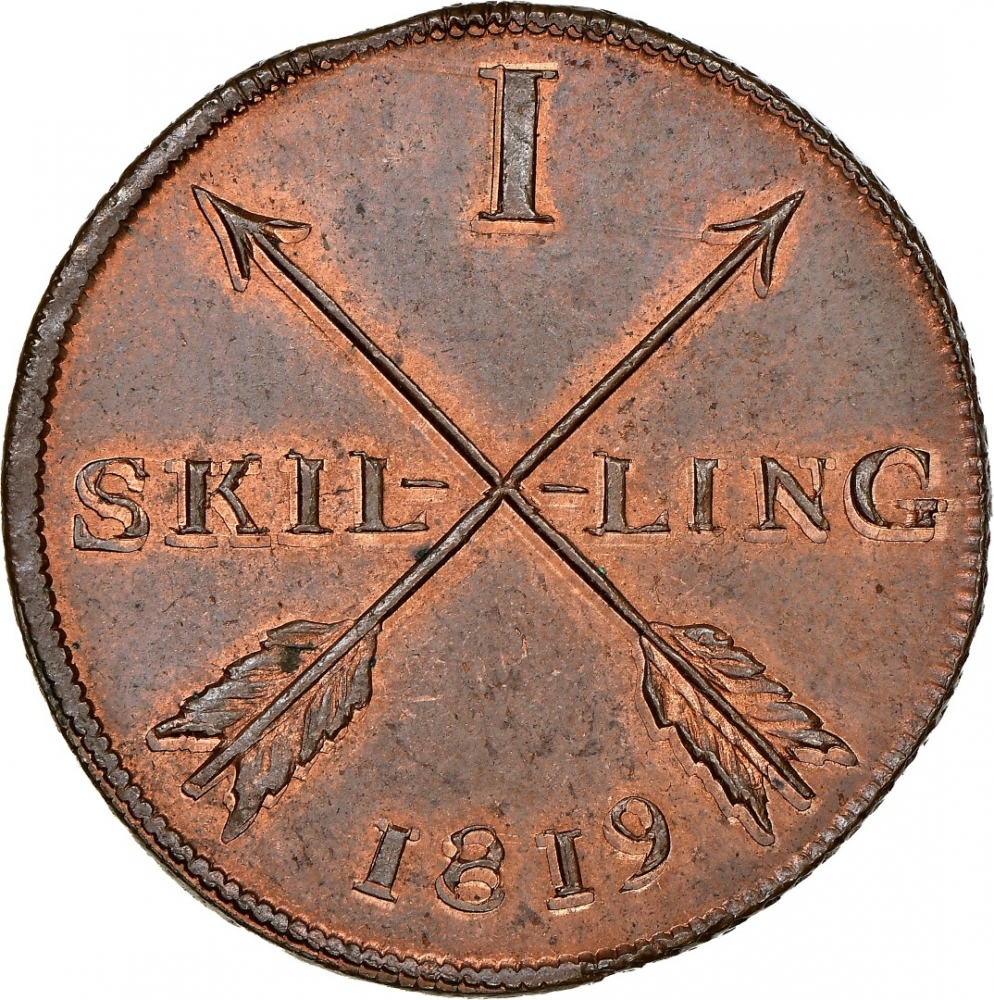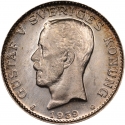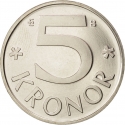You are about to finish your registration. Please check your mailbox (including spam folder). There should be a letter with a confirmation link. Check setting to make sure that your e-mail address is correct.
Send letter againDescription
Charles XIV John or Carl John, (Swedish and Norwegian: Karl XIV Johan; born Jean Bernadotte; 1763–1844) was King of Sweden (as Charles XIV John) and King of Norway (proclaimed as Charles XIV John, but in recent times referred to accurately in Norway as Charles III John) from 1818 until his death in 1844.
Born in Pau in southern France, Bernadotte joined the French Royal Army in 1780. Following the outbreak of the French Revolution, he exhibited great military talent, rapidly rising through the ranks and was made a brigadier general by 1794. He served with distinction in Italy and Germany, and was briefly Minister of War. His relationship with Napoleon was turbulent; nevertheless, Napoleon named him a Marshal of France on the proclamation of the French Empire. Bernadotte played a significant role in the French victory at Austerlitz, and was made Prince of Pontecorvo as a reward.
In 1810, Bernadotte was unexpectedly elected the heir-presumptive to the childless King Charles XIII of Sweden, thanks to the advocacy of Baron Carl Otto Mörner, a Swedish courtier and obscure member of the Riksdag of the Estates. He assumed the name Charles John and became the de facto regent and head of state. In 1813, following a dispute over Swedish Pomerania, Crown Prince Charles John aligned Sweden with Napoleon's enemies in the Sixth Coalition, contributing to a decisive French defeat at Leipzig. He went on to defeat Denmark and forced Norway into a union with Sweden.
Upon the death of Charles XIII in 1818, Charles John ascended to the throne as the first monarch from the House of Bernadotte. He presided over a period of peace and prosperity, and reigned until his death in 1844.
Obverse

|
Crowned monogram of Charles XIV John, flanked by the Three Crowns of Sweden, surrounded by the King's motto "The Love of the People is my reward". FOLKETS KÄRLEK MIN BELÖNING |
|---|---|
Reverse

|
Crossed arrows divide the value, date below. 1 |
| Edge |







